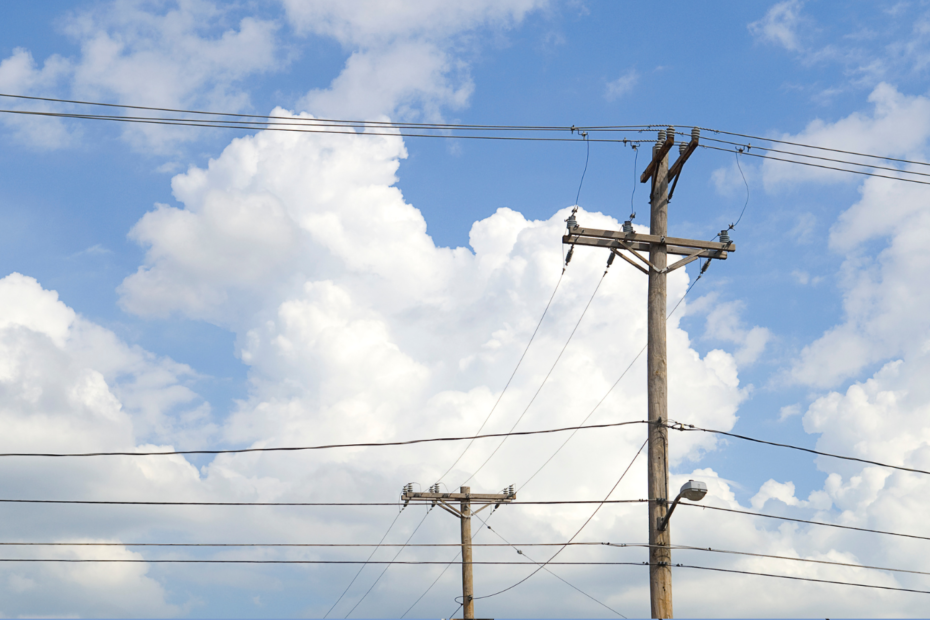In the ever-evolving landscape of connectivity, the demand for robust and efficient infrastructure is paramount. For many organizations, upgrading legacy outside plant (OSP) infrastructure has become a pressing necessity. However, this transition is not without its challenges. In this article, we delve into the intricacies of upgrading legacy OSP infrastructure. We will exploring the hurdles faced and the benefits reaped in embracing this transformation.
The Challenges
- Outdated Technology: Firstly, legacy OSP infrastructure often relies on outdated technology and methodologies. This means its unable to support the bandwidth requirements and data speeds demanded by modern applications and services. This technological lag can hinder organizational efficiency and competitiveness in today’s digital landscape.
- Fragmented Systems: Secondly, over time, legacy OSP infrastructure may have been pieced together haphazardly. This results in a fragmented network architecture. Untangling this web of disparate systems poses a significant challenge during the upgrade process. It also requires meticulous planning and execution.
- Cost Constraints: Thirdly, upgrading legacy OSP infrastructure involves substantial financial investment. Cost includes equipment upgrades, labor, and potential disruptions to existing operations. Budgetary constraints can impede the pace and scope of the upgrade, necessitating careful prioritization of initiatives.
- Technical Expertise: Fourthly, implementing modern OSP solutions requires specialized technical expertise in areas such as fiber optics, network design, and deployment methodologies. The scarcity of skilled personnel proficient in these domains can pose a hurdle for organizations seeking to embark on the upgrade journey.
- Disruption To Operations: Lastly, any upgrade to OSP infrastructure inevitably entails disruptions to ongoing operations. Whether it be the installation of new cables, trenching activities, or network reconfigurations, minimizing downtime and mitigating the impact on productivity is a critical consideration throughout the upgrade process.
Embracing The Benefits
- Enhanced Performance: Upgrading legacy OSP infrastructure enables organizations to harness the power of modern technology, unlocking higher data speeds, increased bandwidth, and lower latency. This enhanced performance lays the foundation for delivering seamless connectivity and optimizing the user experience across various applications and services.
- Scalability & Flexibility: Modern OSP infrastructure is designed with scalability and flexibility in mind, allowing organizations to adapt to evolving technological trends and business requirements. By leveraging scalable solutions such as fiber optics and modular network architectures, organizations can future-proof their infrastructure investments and accommodate growth with ease.
- Improved Reliability: Legacy OSP infrastructure may suffer from reliability issues due to aging equipment, environmental factors, or inadequate maintenance. Upgrading to modern infrastructure not only addresses these reliability concerns but also introduces redundancy and failover mechanisms to ensure uninterrupted connectivity and business continuity.
- Enabling Innovation: A robust OSP infrastructure serves as the backbone for innovation, facilitating the deployment of emerging technologies such as IoT, 5G, and edge computing. By embracing modernization, organizations can leverage these transformative technologies to drive operational efficiency, enhance customer experiences, and unlock new revenue streams.
- Compliance & Security: With cybersecurity threats on the rise, ensuring the integrity and security of OSP infrastructure is of paramount importance. Modernization efforts encompass robust security protocols and compliance measures, safeguarding sensitive data and mitigating the risk of breaches or cyberattacks.
Upgrading legacy OSP infrastructure is a multifaceted endeavor that requires careful planning, strategic investments, and technical expertise. By embracing the transformation of OSP infrastructure, organizations can position themselves at the forefront of technological innovation. As a result, they are ready to meet the demands of the digital age and capitalize on emerging opportunities.
Learn More
To find out about how Phoenix Loss Control can help when outside plant infrastructure damages occur, please click here.
For additional information on upgrading legacy OSP infrastructures, check out this article.

